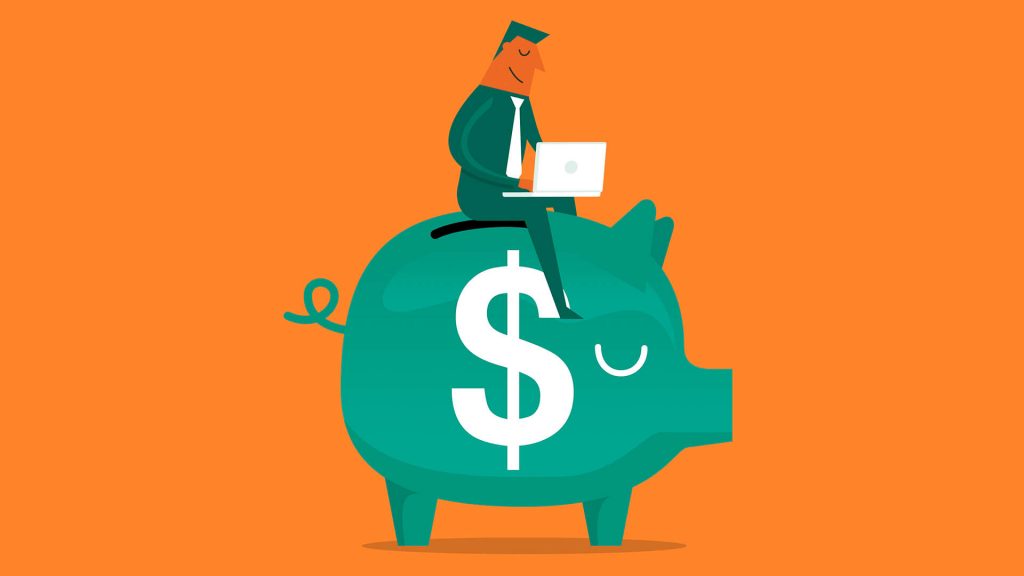If there’s one thing that’s certain about life, it’s that it’s unpredictable. We can be working at the same job for decades, only to wake up one day and find out that the company is going under. We could be paying for a mortgage on a new house, only to find that the real estate bubble has burst and that the banks are now taking homes away. Whatever the case may be, it pays to have an emergency savings fund.
An emergency savings fund is different from a normal savings account as it’s meant to be only used in real emergencies; when absolutely no other finances are available. For those who are wanting to start one or want to learn how to manage this kind of fund, use this simple guide to do it properly.
How Much It Should Be Worth
This can obviously depend on the situation; not everyone is able to put a large percentage of their earnings into an emergency savings fund, especially if the money they earn could be better used for paying rent or groceries.
But an emergency savings fund is meant to be grown over time when times are stable and dipped in to when that stability comes to an end. For this reason, most experts recommend having one that has around 6 months’ worth of savings – in other words, the money should be able to get an individual or family through around 6 months while covering all of their financial obligations.
Where To Keep The Money
The fund in question that will be used for emergencies needs to always remain liquid, which means that it can be accessed at a moment’s notice. Using a simple savings account is a good idea, especially if it’s directly connected to a cheque account.

Another popular one is a money market account that comes with its own debit card. And thirdly, an online bank account that comes with a higher interest rate that allows for instant transfers can make all the difference. It’s worth remembering that the account should not be too easy to access, as it can quickly become more of a convenient way of paying off small costs, like a chocolate bar or another round of online slots in Canada, rather than using it only for emergencies.
How To Get The Fund Started
This is how it’s best to get an emergency fund going.
- Setting a monthly budget is the first step to take. It should be an amount that can be used without cutting into other living expenses. This is where it can help to sit down and create a monthly budget to see income versus expenses, and to plan accordingly.
- Keep Adjusting Over The Months
It’s important to remember that a savings figure does not have to be set in stone and should rather be fluid according to the expenses of that specific month. If there’s a doctor’s appointment coming up, it makes more sense to rather use the money for that appointment rather than putting into the savings fund and then dipping into the fund to pay the doctor.